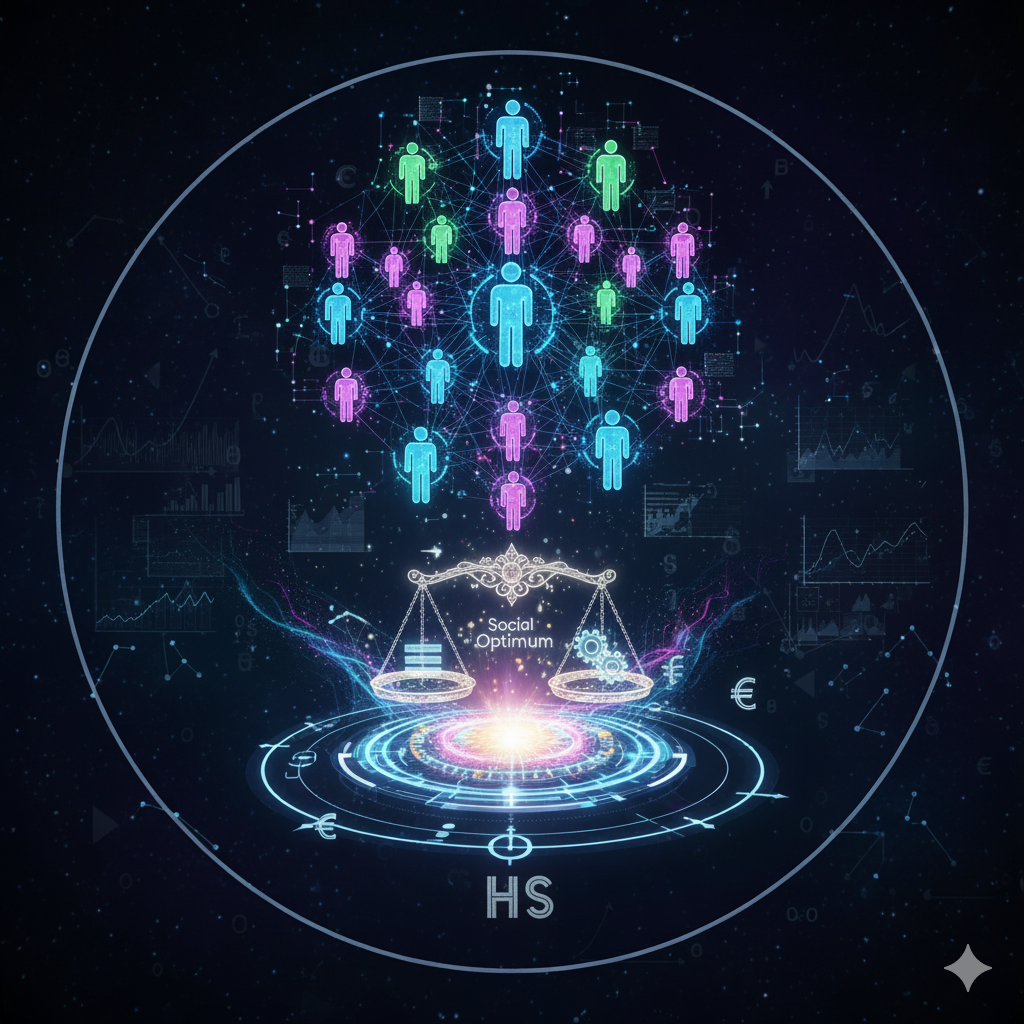Introduction
The relationship between the United States and Russia has long been one of the most complex, influential, and unpredictable dynamics in international politics. As two major global powers with extensive nuclear arsenals, economic interests, and political ideologies, their bilateral relations have not only shaped their own foreign policies but also determined the trajectory of global peace and security. From being allies during World War II to fierce rivals in the Cold War, and now to being competitors in a multipolar world, U.S.–Russia relations remain central to discussions on diplomacy, security, and global governance.
This essay explores the evolution of U.S.–Russia relations, the key turning points, major areas of cooperation and conflict, and the present challenges that define the partnership between these two powers. The analysis also considers the implications for the future of international relations, global security, and the balance of power.
Historical Background
World War II and Allied Cooperation
The roots of U.S.–Russia relations can be traced back to the era of World War II. At the time, the United States and the Soviet Union were part of the Allied Powers fighting against Nazi Germany. Despite ideological differences—America representing liberal democracy and capitalism, while the Soviet Union championed communism and socialism—the two nations cooperated to achieve victory in the war. The Yalta and Potsdam conferences, where leaders like Franklin D. Roosevelt, Joseph Stalin, and Winston Churchill (later Harry Truman and Clement Attlee) met, exemplified this temporary alliance.
However, this cooperation was based more on necessity than trust. Once the war ended, ideological divisions quickly re-emerged, paving the way for rivalry rather than partnership.
Cold War Rivalry
The end of World War II marked the beginning of the Cold War, a period from roughly 1947 to 1991, where the U.S. and the Soviet Union engaged in intense ideological, political, military, and economic competition. The Cold War was not a direct military confrontation but was characterized by proxy wars, espionage, propaganda battles, and the nuclear arms race.
- Military Rivalry: Both powers amassed nuclear weapons, leading to the doctrine of “Mutually Assured Destruction (MAD).”
- Geopolitical Competition: The Korean War, Vietnam War, and Soviet involvement in Afghanistan highlighted their proxy confrontations.
- Space Race: Achievements such as the Soviet launch of Sputnik in 1957 and the U.S. Apollo 11 moon landing in 1969 demonstrated technological rivalry.
- Political Tensions: Institutions like NATO (North Atlantic Treaty Organization) and the Warsaw Pact represented opposing blocs.
This era also saw moments of intense crisis, including the Cuban Missile Crisis of 1962, which brought the world dangerously close to nuclear war but also highlighted the need for cautious diplomacy.
Détente and Arms Control
By the 1970s, both nations realized the unsustainable nature of unchecked competition. The period of détente involved efforts to ease tensions through arms control agreements such as the Strategic Arms Limitation Talks (SALT I and II) and the Anti-Ballistic Missile Treaty (ABM). Cultural and trade exchanges also symbolized a thaw, although deep mistrust persisted.
Post-Soviet Relations
The Collapse of the Soviet Union
In 1991, the Soviet Union dissolved, leaving the United States as the world’s sole superpower. Russia, under Boris Yeltsin, entered a period of political and economic transition, while U.S. policy largely aimed at integrating Russia into a Western-led international order. The U.S. extended aid, promoted democratic reforms, and encouraged market liberalization.
NATO Expansion and Russian Resentment
One of the most contentious issues in post-Soviet U.S.–Russia relations was the eastward expansion of NATO. Former Warsaw Pact countries and even ex-Soviet republics sought NATO membership to secure themselves against potential Russian aggression. While the U.S. supported this expansion as part of its strategy to promote stability and democracy in Eastern Europe, Russia saw it as a direct encroachment on its sphere of influence. This planted seeds of mistrust that persist to this day.
Cooperation and Tensions in the 1990s–2000s
Despite tensions, there were moments of cooperation:
- Nuclear Arms Reductions: Treaties like START I and II reduced nuclear stockpiles.
- Counterterrorism: After the 9/11 attacks, Russia supported the U.S. in Afghanistan, highlighting shared security concerns.
- Economic Ties: Western businesses invested in Russia, especially in energy and natural resources.
However, issues such as NATO’s intervention in the Balkans, the U.S. invasion of Iraq in 2003, and Russia’s growing assertiveness under Vladimir Putin strained relations. Putin’s rise marked a shift toward a more nationalistic and authoritarian Russia, determined to reassert its global influence.
Contemporary Relations
Ukraine Crisis and Annexation of Crimea
The most significant rupture in recent U.S.–Russia relations occurred in 2014 when Russia annexed Crimea from Ukraine. The U.S. and its allies condemned this act as a violation of international law and responded with sanctions targeting Russia’s economy, elites, and strategic sectors. This event marked the beginning of a new phase of confrontation, with the U.S. supporting Ukraine politically, economically, and militarily.
Russian Interference in U.S. Politics
Allegations of Russian interference in the 2016 U.S. presidential elections further deepened mistrust. U.S. intelligence agencies accused Russia of using cyber tactics, disinformation campaigns, and social media manipulation to influence American democracy. This issue remains a major sticking point in bilateral relations.
The Syrian Conflict and Proxy Rivalry
In Syria, the U.S. and Russia found themselves on opposing sides of the civil war. While the U.S. supported rebel groups and opposed Bashar al-Assad’s regime, Russia backed Assad with military aid and interventions. This not only prolonged the conflict but also demonstrated the continuing proxy nature of U.S.–Russia rivalry.
Arms Control and Security Concerns
The arms control framework that once stabilized U.S.–Russia relations has weakened. The U.S. withdrew from the Intermediate-Range Nuclear Forces (INF) Treaty in 2019, accusing Russia of violations. Similarly, the future of the New START Treaty, which limits nuclear arsenals, remains uncertain. Both nations have also invested heavily in modernizing their nuclear capabilities, raising fears of a renewed arms race.
Sanctions and Economic Pressures
The U.S. has imposed a wide range of sanctions on Russia over issues ranging from Crimea and Ukraine to human rights violations and cyberattacks. These sanctions have isolated Russia financially and technologically, though Moscow has sought to mitigate their impact by strengthening ties with China and other non-Western powers.
Key Areas of Conflict and Cooperation
- Nuclear Weapons and Arms Control – Both nations still cooperate on nuclear safety, but mistrust undermines new treaties.
- Counterterrorism – Occasional cooperation exists, though overshadowed by political disagreements.
- Energy Politics – Russia’s role as a major energy supplier often clashes with U.S. efforts to reduce Europe’s dependence on Russian gas.
- Geopolitical Influence – From Eastern Europe to the Middle East and Arctic, both compete for strategic dominance.
- Cybersecurity and Information Warfare – Accusations of cyberattacks and disinformation campaigns are now central to the rivalry.
The Ukraine War and Escalation (2022–Present)
In February 2022, Russia launched a full-scale invasion of Ukraine, dramatically intensifying U.S.–Russia tensions. The U.S., along with NATO allies, responded with unprecedented sanctions, military aid to Ukraine, and diplomatic isolation of Russia. This conflict has become the defining issue of their relations in the 21st century, with ripple effects on global food supply, energy markets, and international security.
Russia, meanwhile, has deepened ties with China, Iran, and other states critical of U.S. influence, presenting the world with an increasingly polarized geopolitical environment.
Future Outlook
The trajectory of U.S.–Russia relations remains uncertain, but several possible scenarios emerge:
- Prolonged Rivalry – With Ukraine unresolved and trust broken, hostility may define relations for years.
- Renewed Arms Race – Collapse of arms control treaties could trigger a dangerous military buildup.
- Pragmatic Cooperation – Shared interests in climate change, counterterrorism, or space exploration may encourage selective engagement.
- Multipolar World Competition – Both nations will navigate their rivalry in a world increasingly influenced by China, India, and regional powers.
Conclusion
The history of U.S.–Russia relations is one of fluctuating cooperation and rivalry, deeply rooted in ideological, strategic, and geopolitical differences. While the Cold War may have ended in 1991, the adversarial nature of their relationship has not disappeared. The annexation of Crimea, allegations of election interference, conflicting roles in Syria, and most importantly, the Ukraine war have brought tensions to a new high.
Yet, the interdependence of global security means that the U.S. and Russia cannot completely disengage. Issues like nuclear arms control, cybersecurity, and global stability demand at least minimal cooperation. Whether relations move toward constructive engagement or prolonged confrontation will depend on leadership choices, international alliances, and evolving global power structures.
In essence, U.S.–Russia relations remain one of the most critical determinants of international order, making their future path a subject of profound global importance.




